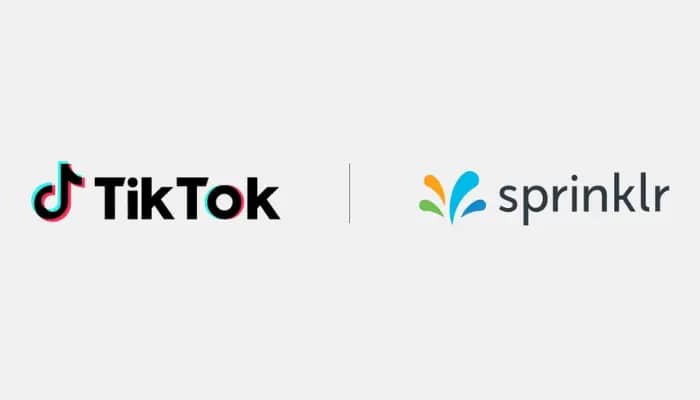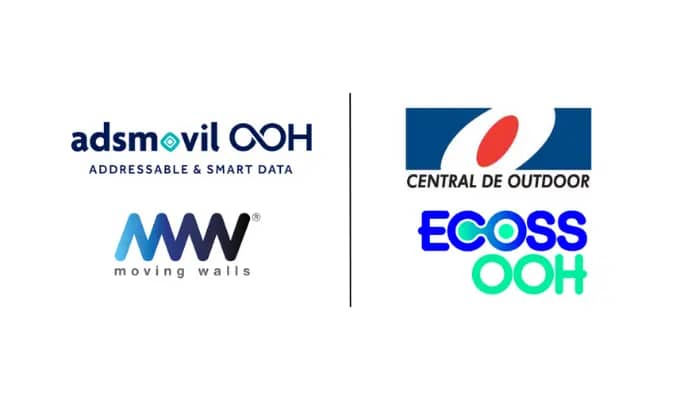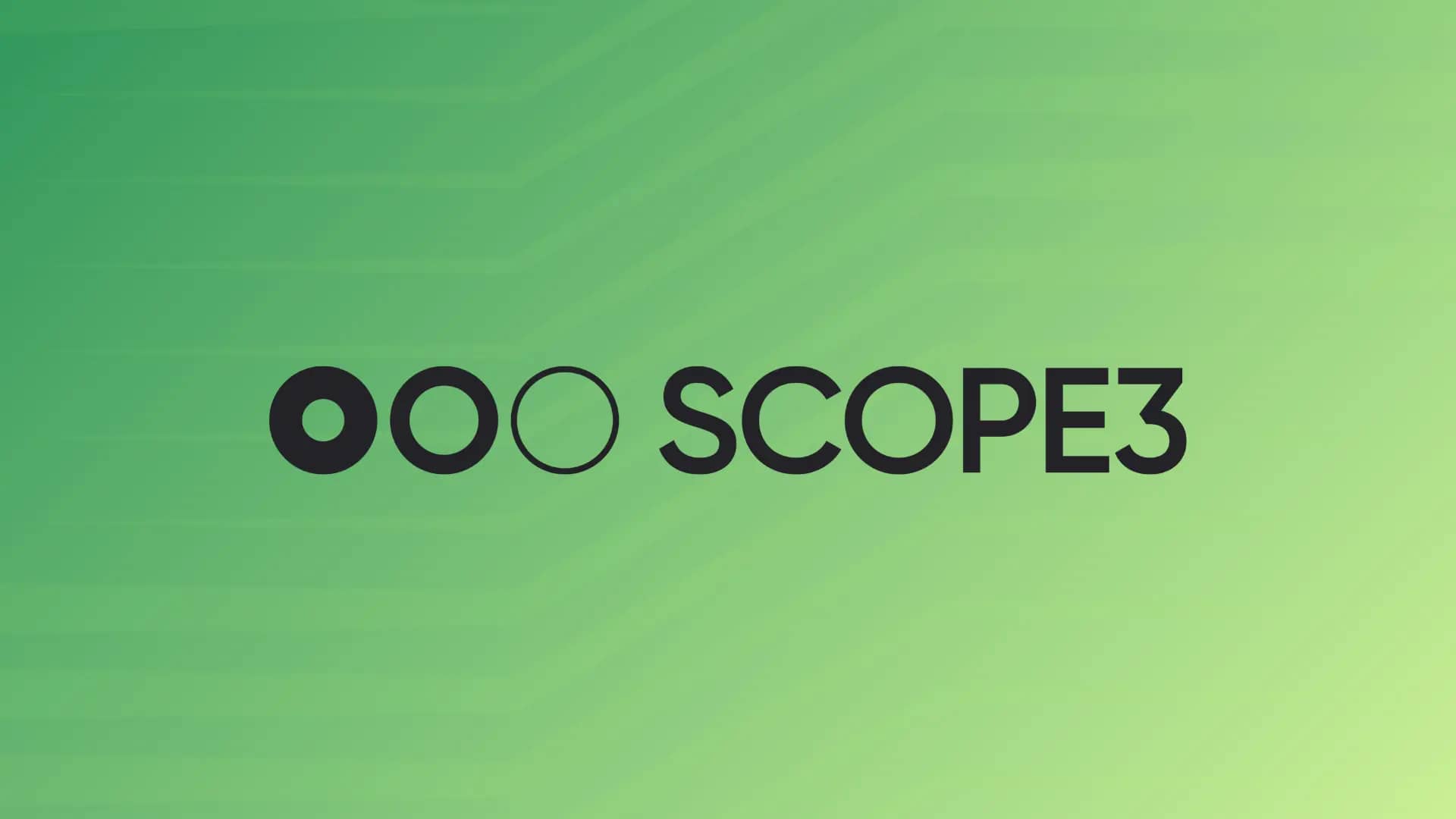Hong Kong – Advertising agency DDB Group Hong Kong has named Izmael Crespo as its new creative director to bolster the agency’s creative firepower.
In his new role, Crespo will work on multi-market projects across DDB’s varied client base. He will report to Alejandro Canciobello, the regional executive creative director.
Crespo is an art-based creative director who has worked with major brands on projects across the globe. His experience brings not only talent and fame but also a multicultural perspective to his new role with DDB Group Hong Kong.
He moved to Hong Kong from Colombia this month and comes into the agency with an extensive list of major accolades to his name, not least of which include an impressive ten Lions. Crespo is notably a part of the team responsible for the Corona Lime campaign that gave China its first-ever Titanium Lion win.
Additionally, being a gaming streamer himself, he is known for creating campaigns that bring brands to gaming environments.
Crespo’s appointment is the second major hire in DDB Group Hong Kong’s creative department this year. He follows the appointment of Alejandro Canciobello last April, to whom he will report directly now.
These hires underscore the agency’s ambition and commitment to significantly elevate its creative offering and the hope of becoming world-class. This is a goal that Andreas Krasser, CEO of DDB Group Hong Kong, has publicly voiced.
Commenting on the new hire, Alejandro Canciobello said, “Recently winning HKMA’s Agency of the Year for the second year in a row, having won Hong Kong’s 2023 Grand Effie, and with a string of notable creative campaigns this year, the agency has some great momentum. Adding someone like Izmael and his immense passion to create campaigns with the power to move people and culture is going to help us propel forward in our pursuit for even better work and greater impact.”
Also in his new role, Crespo shared, “I’m a big believer in an agency environment where everyone has the freedom to express their own creative voice and inspires each other to roll up their sleeves, and I know DDB has created this culture. I am excited to be here in Hong Kong and feel especially excited about going into an agency that is emerging on the global stage. I can’t wait to play a role in the next chapter of that story.”










